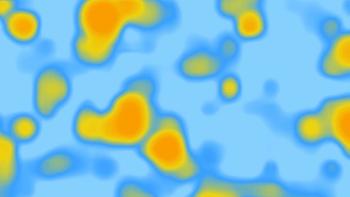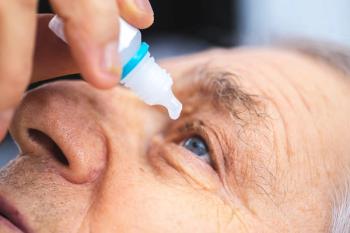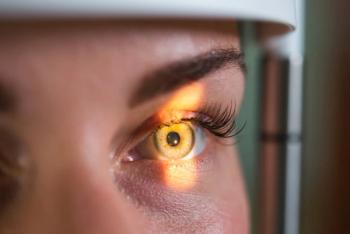
Coefficient of friction values on corneal tissue
A coefficient of friction value on human corneal donor tissue has been measured for the first time, according to new research conducted by Johnson & Johnson Vision Care, Inc. and presented in a poster at the recent American Academy of Optometry meeting. The research also shows that while coefficient of friction is dependent on the type of buffer solution, it may not be dependent on donor age or on the time of death when measuring fresh corneal tissue.
Seattle-Coefficient of friction in human corneal tissue provides a measurable goal for contact lenses that strive to be close to the natural ocular environment. This value has been difficult to determine because many physiological constraints hamper a viable measurement.
A coefficient of friction value on human corneal donor tissue has been measured for the first time, according to new research conducted by
Coefficient of friction testing was conducted using a micro-tribometer on a minimum of five fresh human donor corneas with intact epithelium for four different buffered solutions: tear-mimicking solution (TMS-PS) (420-430 mOsm/kg), tear-mimicking solution with phosphate buffer saline (TMS-PBS) (300-310 mOsm/kg), tear-mimicking solution with HEPES buffer and sodium chloride (TMS-HEPES) (300-310 mOsm/kg), and tear-like fluid with phosphate buffer saline (TLF-PBS) (300-310 mOsm/kg).
Corneal tissue was supplied within 8 hours after death (between 2.10 hours and 7.29 hours), and excised from the globe with coefficient of friction testing conducted within 9 hours (between 3.30 hours and 8.48 hours) of death. The applied normal force varied between 0.25 and 4.0 mN with a measured stroke length of 1.0mm at normal blink speed of 0.1mm per second. A mucin-coated glass disc was used as counter surface mimicking the inner eyelid. Descriptive statistics were used to summarize the coefficient of friction values by solution.
This pilot study found that the coefficient of friction means (SD) were 0.0134 (0.01018) in TMS-PS, 0.0060 (0.00290) in TMS-PBS, 0.0144 (0.00484) in TMS-HEPES, and 0.0153 (0.00941) in TLF-PBS. In addition, there was no clear trend observed between the age of the donor or the time of death to measurement and the coefficient of friction value.
Newsletter
Want more insights like this? Subscribe to Optometry Times and get clinical pearls and practice tips delivered straight to your inbox.








































